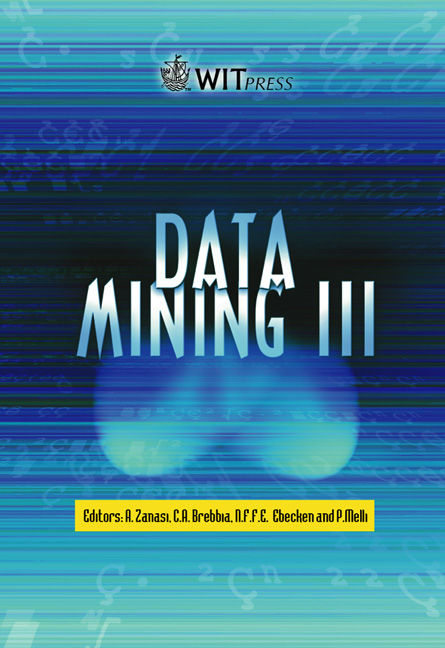Post Processing Trading Signals For Improved Trading Performance
Price
Free (open access)
Volume
28
Pages
Published
2002
Size
556 kb
Paper DOI
10.2495/DATA020431
Copyright
WIT Press
Author(s)
T Hellström & L Torgo
Abstract
A trading strategy is an algorithm that provides decision support for a trader. An ideal system suggests which stocks to buy and sell at every moment. Limited but still very useful trading strategies suggest stocks to buy, but leave the sell decisions and the decision of proportions of different stocks to the trader, or to another automatic decision mechanism. In this paper we use a previously introduced method of predicting rank variables to produce both buy and sell decisions. The rank variables are predicted by neural networks, and provide an efficient way to produce daily buy (and also sell) suggestions. This should be seen in contrast to \“ordinary” technical indicators that often give very few signals, or buy/sell signals for many stocks at the same time. The produced buy signals are further processed in a classification module that aims at identifying which of the numerous buy signals one should trust, and of which ones one should discard. The classification reduces the number of buy signals and also increases both hitrate and overall profit for a simulated trader. Data from the US stock market for 1992-2001 is used in the tests of the system, and the results show how a trading system’s performance can be significantly improved by adding a post-processing classification layer between the generation of trading signals and the actual decision making. 1 Introduction Technical analysis is a commonly used method among practitioners, to generate buy and sell signals for stock trading. Statistical studies of the relevance of technical analysis have most often shown negative results, and the dominating academic view is that technical analysis simply does not work. However, there are
Keywords





